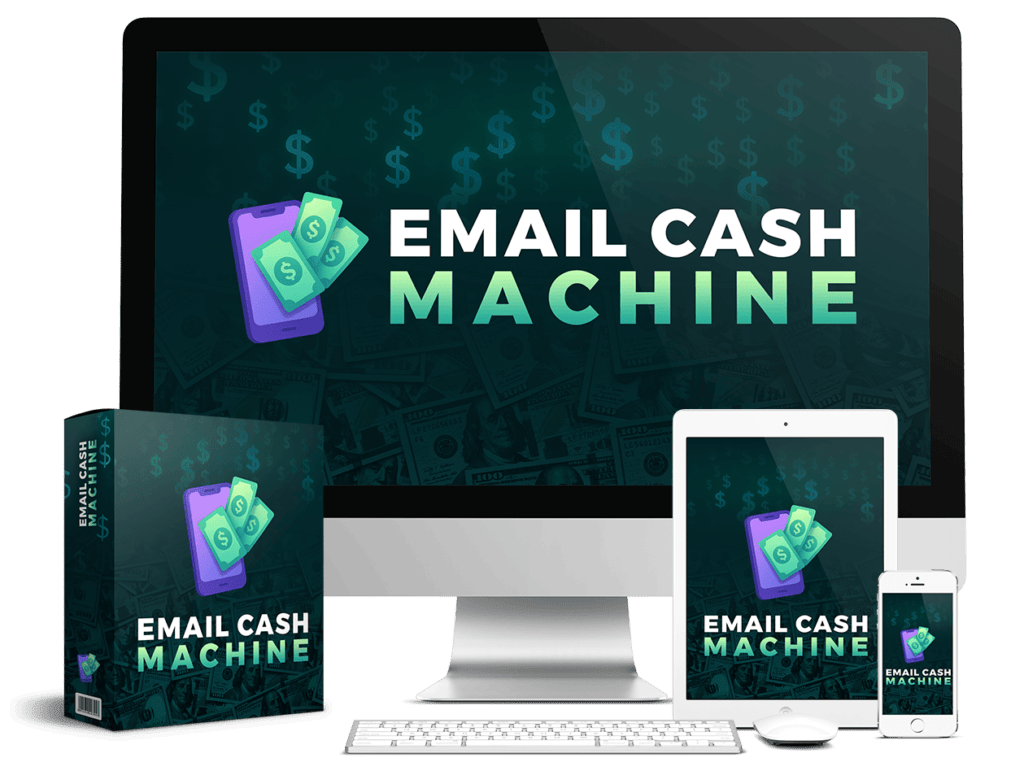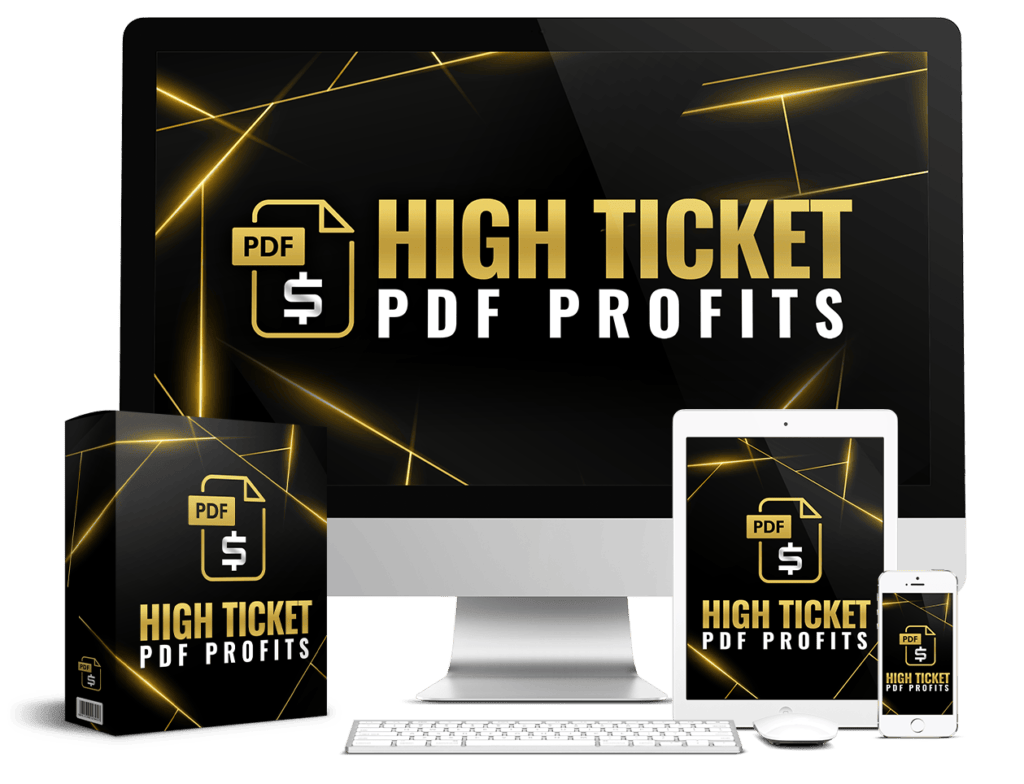In today's fast-paced world, time is our most precious resource. While we can't create more hours in the day, we can work smarter by leveraging artificial intelligence to handle routine tasks, streamline workflows, and amplify our capabilities.
The right AI-powered productivity tools can transform how you work, giving you back valuable time to focus on what truly matters.
Table of Contents
Why AI Productivity Tools Are Game-Changers
Traditional productivity methods often require significant setup time and manual maintenance. AI tools, however, learn from your patterns, adapt to your preferences, and automate complex processes with minimal input. They're not just faster versions of existing tools—they're fundamentally different approaches that can revolutionise your workflow.
Essential AI Productivity Tools by Category
Writing and Communication
Grammarly and Similar Writing Assistants. These AI writing companions go beyond basic spell-check. They analyse your writing style, suggest improvements for clarity and tone, and help you communicate more effectively. Whether you're crafting emails, reports, or social media posts, these tools can cut your editing time in half while improving your writing quality.
AI email management tools, such as Boomerang's AI scheduling and SaneBox, utilise machine learning to prioritise your inbox, schedule emails for optimal send times, and filter out low-priority messages. They learn from your email patterns to surface what's truly important, potentially saving you hours of inbox management each week.
Meeting and Calendar Management
AI Meeting Assistants Platforms, such as Otter.ai and Fireflies.ai, automatically transcribe meetings, extract action items, and create searchable meeting notes. No more frantically scribbling notes or wondering what was decided last week—the AI captures everything and makes it instantly searchable.
Innovative calendar scheduling tools, such as Calendly's intelligent scheduling and x.ai, utilise AI to find optimal meeting times, automate back-and-forth scheduling emails, and even reschedule meetings when conflicts arise. They can reduce scheduling time from minutes to seconds.
Task and Project Management
AI-Powered Task Automation: Zapier and similar platforms utilise AI to create intelligent workflows that connect your favourite apps. For example, automatically create tasks from starred emails, update project status based on calendar events, or sync information across multiple platforms without manual intervention.
Brilliant Project Insights: Modern project management tools, such as Monday.com and Asana, now incorporate AI features that predict project delays, suggest optimal resource allocation, and identify bottlenecks before they become problems. This proactive approach can save weeks of project recovery time.
Research and Information Processing
AI Research Assistants' tools, such as Perplexity AI and ChatGPT, can quickly synthesise information from multiple sources, create summaries of lengthy documents, and answer complex questions that would typically require hours of research. They're particularly valuable for market research, competitive analysis, and staying updated on industry trends.
Document Analysis AI-powered tools can extract key information from contracts, reports, and other documents in seconds. Instead of manually reviewing lengthy documents, you can get instant summaries and answers to specific questions about the content.
Design and Content Creation
AI Design Tools Platforms, such as Canva's Magic Design and Adobe's AI features, can create professional-looking graphics, presentations, and marketing materials in minutes. You describe what you need, and the AI generates multiple options to choose from.
Content Generation AI writing tools can help create first drafts of blog posts, social media content, and marketing copy. While you'll still want to review and personalise the content, having a solid starting point can reduce content creation time by 70% or more.
Getting Started: A Practical Approach
Start Small and Scale Up
Don't try to revolutionise your entire workflow overnight. Begin with one or two tools that address your biggest time-wasters. For most people, this is email management or meeting scheduling. Once you're comfortable with these tools, gradually add others to your toolkit.
Focus on Integration
Choose tools that work well together or offer robust integration capabilities. The real productivity gains come when your AI tools can share information and trigger actions across your entire workflow. Look for platforms that connect easily with tools you already use.
Measure Your Time Savings
Track how much time you spend on routine tasks before implementing AI tools, then measure the difference after a month of use. This data will help you identify which tools provide the most value and justify any subscription costs.
Maximising Your AI Tool Investment
Customise and Train
Most AI productivity tools improve with use. Take time to set up preferences, provide feedback on suggestions, and train the AI to understand your specific needs. The more you invest in setup, the greater your long-term time savings.
Stay Updated
AI technology evolves rapidly. Regularly review new features in your existing tools and stay informed about emerging solutions. What wasn't possible six months ago might now be available as a simple software update.
Don't Over-Automate
While automation is powerful, maintain human oversight for critical decisions and creative work. Utilise AI to automate routine tasks and provide insights, while maintaining human judgment in the loop for complex or sensitive matters.
The Future of AI-Powered Productivity
We're still in the early stages of AI adoption in productivity tools. Future developments are likely to include more sophisticated predictive capabilities, improved natural language interfaces, and seamless integration across all digital platforms. The tools available today are just the beginning.
As AI continues to evolve, the question isn't whether these tools will become essential—it's whether you'll adopt them early enough to gain a competitive advantage. The professionals and businesses that embrace AI-powered productivity tools now will be best positioned to thrive in an increasingly automated world.
Read More: AI Humans Review in 2025.



Taking Action
The best AI productivity tool is the one you use. Start by identifying your biggest time-wasters, research appropriate AI solutions, and commit to trying them for at least a month. The initial learning curve might feel like it's slowing you down, but the long-term benefits are transformative.
Remember, the goal isn't to replace human creativity and decision-making—it's to eliminate the mundane tasks that prevent you from focusing on high-value work. By leveraging AI to handle routine activities, you free up mental space and time for strategic thinking, creative problem-solving, and meaningful collaboration.
The future of productivity isn't about working harder or longer—it's about working smarter with AI as your intelligent assistant. The tools are ready.
Are you ready to learn and use AI in your daily Life? Click Here to join in my email list dedicated to AI Tools and Tutorials.

